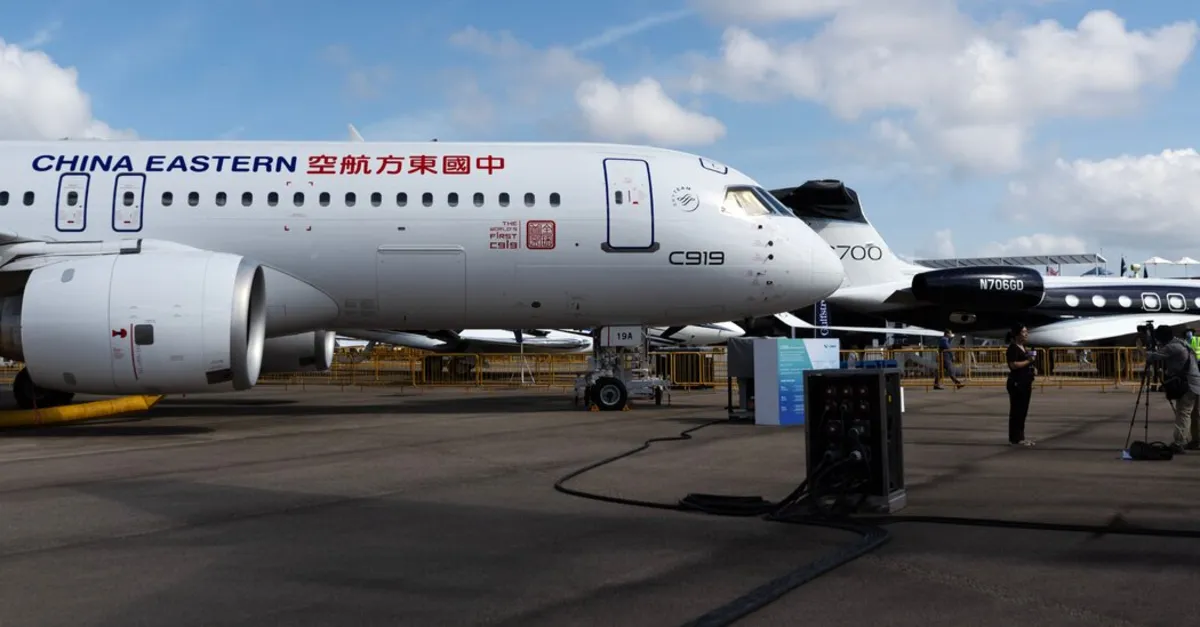
President Trump’s recent decision to impose restrictions on the export of American aerospace technology to China marks a significant shift in U.S.-China relations, particularly in the aerospace sector. This move comes after years of growing concerns in Washington regarding the involvement of American companies in aiding China to develop a competitor to major aviation manufacturers like Boeing.
In 2008, China established the state-owned Commercial Aircraft Corporation of China (COMAC) with the ambitious goal of introducing a single-aisle commercial jet into service by 2016. However, the development of this aircraft has faced numerous challenges and delays. Despite receiving extensive support from both American and European aerospace firms, the C919 jet did not enter commercial service until 2023. The company operates from a sprawling complex in Shanghai, featuring newly constructed hangars and advanced design studios, yet progress has been slower than anticipated.
Despite the delays, the Chinese government takes immense pride in the C919, often heralding it in state media as one of the country’s “pillars of a great power.” This aircraft is not only seen as a major advancement in civil aviation development but also serves as a symbol of military-civilian integration in China’s broader strategy. The C919 represents a shift towards self-reliance in aerospace technology, aligning with the nation’s aspirations to become a global leader in various technological sectors.
The introduction of the C919 also reflects a bygone era in Sino-American relations, during which many in the United States believed that deeper economic cooperation would foster democratic reforms in China and reduce geopolitical tensions. When COMAC was founded, numerous American and European firms eagerly partnered with it to facilitate the development of the C919. However, the political landscape has significantly transformed since Xi Jinping ascended to power in 2012. Under Xi's leadership, China has experienced a rapid military buildup and adopted a more aggressive stance on issues such as Taiwan and territorial disputes in the South China Sea.
In light of these developments, President Trump’s export restrictions on aerospace technology aim to safeguard American interests and mitigate the risks associated with China’s expanding aerospace capabilities. As the geopolitical climate continues to evolve, the implications of these restrictions will be closely monitored by both nations, as they navigate the complexities of their relationship in the coming years.